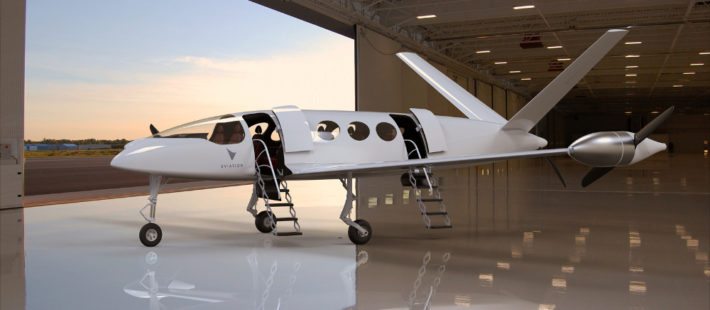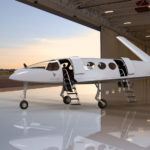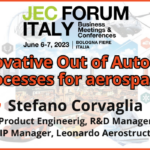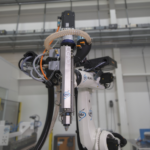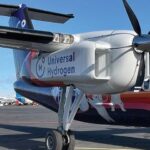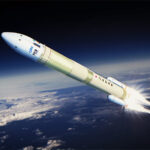Composite Cluster Singapore (CCS) has announced that it is working with Eviation Aircraft on “Alice” – a fully electric aircraft structure that is currently showcased at the 53rd International Paris Air Show in Le Bourget, France.
CCS is continuing to expand its activities in the electric propulsion aircraft, urban air mobility and unmanned vehicles sector. Leveraging the Composite Application Center (CAC) consortium announced in 2018, CCS is spearheading high-impact projects, such as the wing development for Eviation’s “Alice” aircraft.
“Alice” is a battery electric passenger aircraft under development by Israeli Eviation Aircraft. Built 95% from composite materials, it will be controlled by fly-by-wire and powered by three electric engines, in a wingtip and pusher configuration. The nine-passenger aircraft with a range of 640 miles at a cruise speed of 240 knots, will have much lower direct operating cost than turboprop aircraft.
CCS has designed the wing and belly fairings specifically for Eviation and delivered the first shipset for assembly to Vannes in France. The entire CCS team has been very much engaged in this project from its inception until today and is currently working on the second prototype.
«Eviation has achieved tremendous results in a very short timeframe» comments Dr. Florian Doetzer, CCS’s Managing Director. «We are proud to contribute our part. Our team spirit is tremendous, and it is due to our own staff’s and our partner’s professionalism that we’ve been able to meet our targets working across continents. I am proud of what we’ve achieved so far and there is more to come».
«Today we are seeing the future of aviation with design, technology and material innovations that are paving the way for this new era of air mobility», said Eviation CEO, Omer Bar-Yohay.
This highlights Singapore’s capabilities as an aviation hub in the region as the wing assembly was designed and manufactured locally. Specifically, aircraft with electric propulsion paves the way for a new era in the aerospace industry and Singapore authorities are supporting this development actively.
CCS has been working closely with Enterprise Singapore, the government agency championing enterprise development, on its growth plans, including the development of the prototype.
Source: www.compositecluster.com


